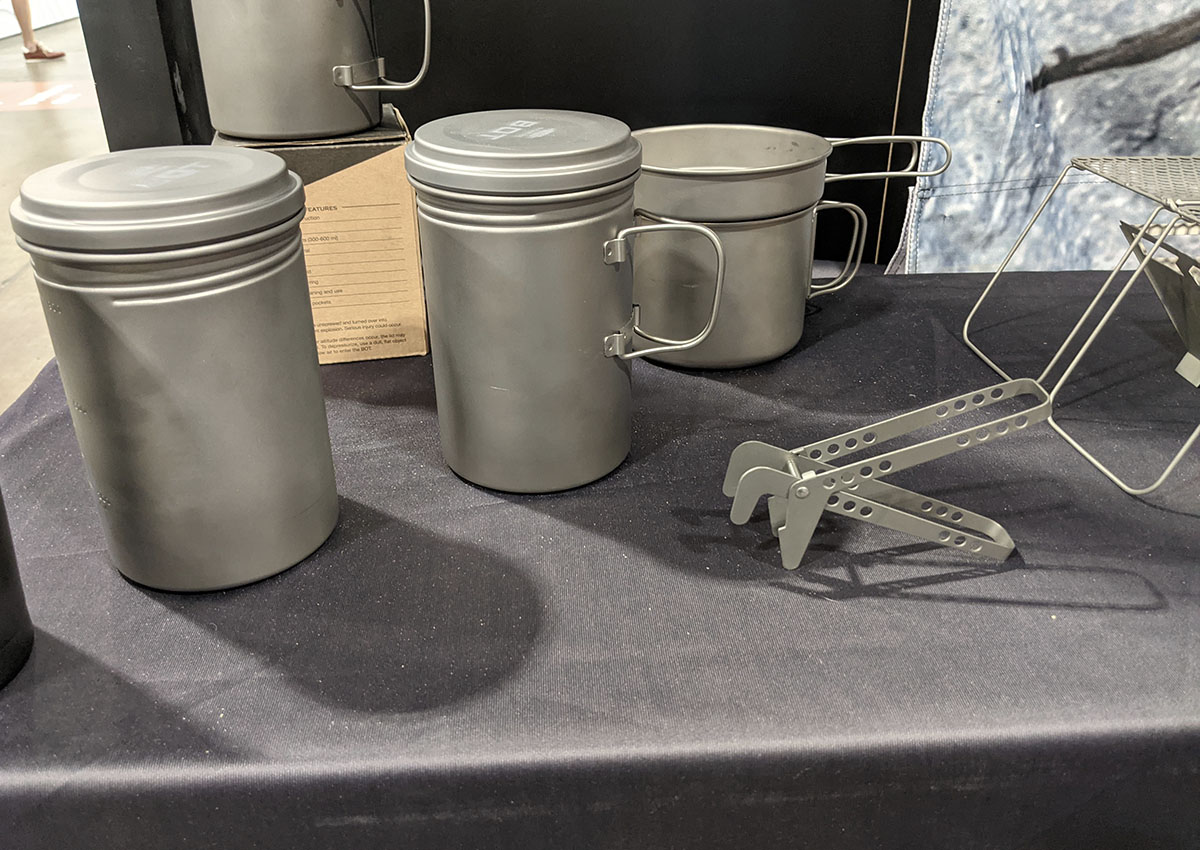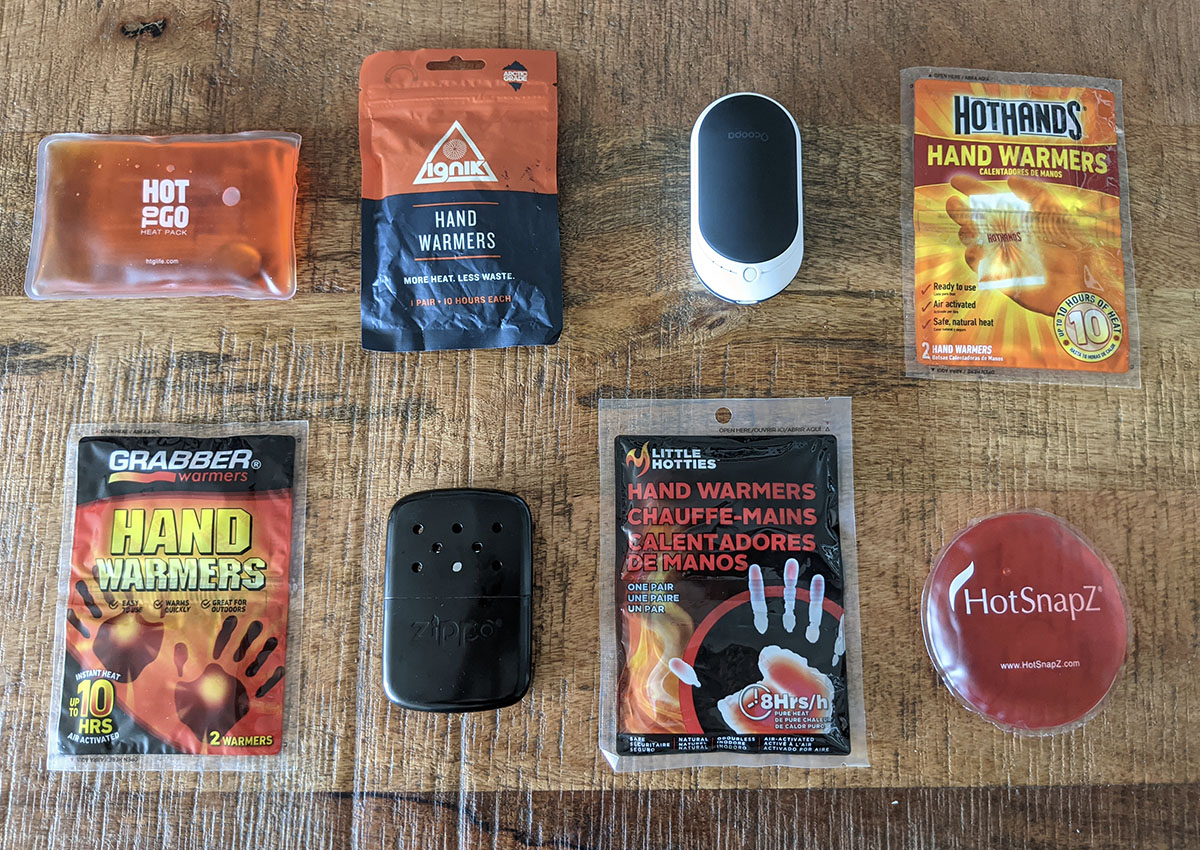The Ugly Truth About Bugging in Long-Term

When we talk about prepping, the idea of bugging in—staying put in your home during a crisis—often seems like the most straightforward and comfortable option.
After all, home is where you’re most familiar, where all your supplies are stored, and where you feel safest. But while bugging in might be the right choice for short-term emergencies, the reality of staying in one place for an extended period isn’t as simple or ideal as it might appear.
There’s an ugly truth about bugging in long-term that many people overlook, and it’s time we shed some light on it.
The Psychological Toll of Isolation
One of the most significant challenges of bugging in long-term is the psychological impact of isolation. Humans are social creatures by nature, and extended periods without regular social interaction can lead to feelings of loneliness, anxiety, and depression. Even if you’re bugging in with your family, the lack of outside contact can strain relationships and amplify tensions.
During a prolonged crisis, routines are disrupted, and the monotony of staying within the same four walls can become overwhelming. Cabin fever is a real phenomenon that can lead to irritability, restlessness, and decreased motivation. Without proactive measures to address mental health, these feelings can spiral into more severe psychological issues.
Security Concerns Escalate Over Time
 While your home may feel like a fortress, the longer you stay in one place during a widespread crisis, the more vulnerable you may become to security threats.
While your home may feel like a fortress, the longer you stay in one place during a widespread crisis, the more vulnerable you may become to security threats.
As resources become scarce, desperate individuals might target homes they believe are well-stocked.
Staying in one location makes it easier for others to monitor your habits, identify weaknesses, and plan potential intrusions.
Related: 5 Types of Looters and How to Outsmart Them
Moreover, defending a fixed location 24/7 is exhausting. Sleep deprivation and constant vigilance can wear you down physically and mentally, making you less effective at protecting yourself and your loved ones. It’s essential to recognize that your home, no matter how fortified, can become a target over time.
Resource Depletion Is Inevitable
No matter how well you’ve stocked up, supplies will eventually run low. Food, water, medical supplies, and even basic necessities like toiletries have a finite shelf life. Gardens take time to produce, and hunting or foraging may not be viable options depending on your location and the severity of the situation.
Relying solely on stored resources without a plan to replenish them is a recipe for disaster. You’ll need to consider sustainable practices like rainwater harvesting, renewable energy sources, and methods for growing food indoors or in limited spaces. Even then, there’s no guarantee these solutions will fully meet your needs long-term.
Health and Hygiene Challenges
 Maintaining good health and hygiene becomes increasingly difficult the longer you bug in. Access to medical care may be limited or nonexistent, making minor injuries or illnesses potentially life-threatening. Managing chronic conditions without regular medical supplies or professional guidance adds another layer of complexity.
Maintaining good health and hygiene becomes increasingly difficult the longer you bug in. Access to medical care may be limited or nonexistent, making minor injuries or illnesses potentially life-threatening. Managing chronic conditions without regular medical supplies or professional guidance adds another layer of complexity.
Sanitation is another critical concern. Waste disposal, clean water access, and pest control are issues that can escalate quickly if not properly managed. Poor hygiene can lead to the spread of disease, which can be particularly devastating in a confined environment.
Infrastructure Decay
In a long-term crisis, public utilities like electricity, gas, water, and sewage services may fail. While many preppers plan for short-term outages, dealing with extended utility loss is a different ballgame. Without electricity, refrigeration becomes impossible, heating and cooling systems fail, and communication devices may become useless once backup power sources are depleted.
Water systems can become contaminated or cease to function altogether, making safe drinking water a scarce commodity. Sewage backups can create unsanitary living conditions, and the lack of gas can leave you without cooking fuel or hot water. Preparing for these scenarios requires extensive planning and resources.
Social Unrest and Ethical Dilemmas
 Extended crises often lead to social unrest. As law enforcement and emergency services become overwhelmed or nonexistent, crime rates can spike.
Extended crises often lead to social unrest. As law enforcement and emergency services become overwhelmed or nonexistent, crime rates can spike.
You may be faced with difficult ethical decisions, such as whether to help others at the risk of depleting your resources or compromising your safety.
Related: How to Deal With Neighbors and Friends That Come Begging for Food at Your Door in a Crisis
Interactions with others can become tense and unpredictable. Friends or neighbors who didn’t prepare might come to you for help, forcing you to choose between compassion and self-preservation. These situations can strain relationships and test your moral convictions.
Mental Fatigue and Decision Paralysis
Making constant, critical decisions wears on you over time. Every choice, from rationing food to securing your property, carries significant weight. The stress associated with these decisions can lead to mental fatigue, reducing your ability to think clearly and react appropriately to new challenges.
Decision paralysis becomes a real threat when you’re overwhelmed by the sheer number of problems to solve. This can lead to inaction at critical moments, potentially endangering yourself and your family.
Adapting Your Bug-In Plan
Understanding these challenges doesn’t mean that bugging in isn’t a viable option, it means that your plan needs to be adaptable and comprehensive. Here are some steps to mitigate the ugly truths of long-term bugging in:
- Mental Health Strategies: Incorporate activities that support mental well-being. This could include hobbies, physical exercise, meditation, or journaling. Establish routines to provide a sense of normalcy.
- Sustainable Resources: Invest in renewable energy sources like solar panels, and learn how to harvest rainwater safely. Start a garden using methods suitable for your space, such as container gardening or hydroponics.
- Security Measures: Strengthen your home’s defenses discreetly to avoid drawing attention. Develop a security routine that allows for rest periods and involves all capable members of your household.
- Health Preparedness: Stock up on medical supplies and learn basic first aid. Consider online courses or workshops to enhance your medical knowledge. Prioritize hygiene by storing necessary sanitation supplies.
- Community Building: Connect with neighbors or local groups interested in mutual aid during emergencies. Establishing trust and communication channels now can pay off immensely in a crisis.
- Flexibility in Planning: Be prepared to adapt your plans as circumstances change. This might mean being ready to bug out if staying put becomes too dangerous or unsustainable.
Bugging in long-term isn’t as straightforward as it might seem. The psychological strain, resource challenges, and security risks can compound over time, turning your safe haven into a pressure cooker of stress and danger. By acknowledging these harsh realities now, you can take steps to prepare more effectively.
Prepping isn’t just about stockpiling goods; it’s about planning for the myriad challenges that come with surviving in adverse conditions. Embrace flexibility, invest in sustainable practices and prioritize mental health and resilience. By doing so, you’ll be better equipped to face the ugly truths of bugging in long-term and increase your chances of not just surviving but thriving when faced with prolonged crises.
You may also like:
 9 Hiding Spots in Your House Where Looters Always Look First
9 Hiding Spots in Your House Where Looters Always Look First
DIY Automatic Backyard Traps and Alarms for Looters and Intruders (Video)
Antibiotic Herbs and Plants to Grow Before SHTF
The Best States to Outlive an EMP. Do You Live in One of Them?
Cow in a Jar
Read the full article here







